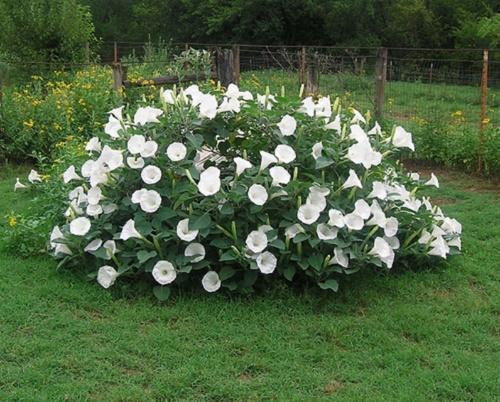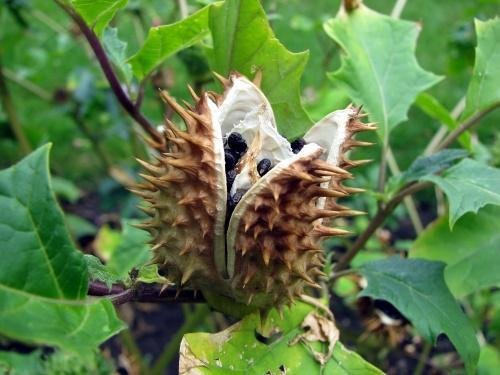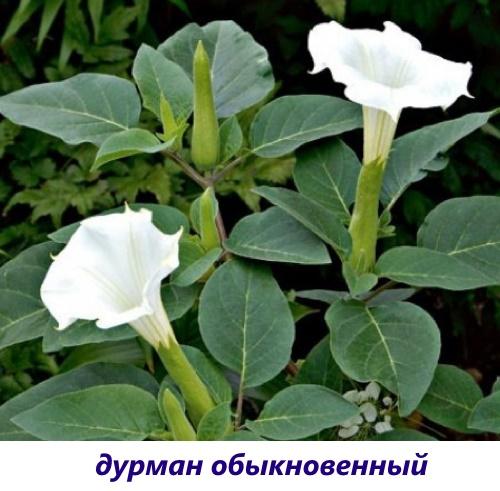We grow intoxicating dope in the country: planting methods, nuances of care and photo varieties
 In some countries, the sprawling Datura bushes grow freely in the wild and are even considered a weed, but their unique flowering deserves a different fate. In our area, dope flowers, with photos, planting and caring for which we will get to know better today, are widely used to decorate the site. They look good in a single planting and are great in group compositions, and large, but delicate inflorescences immediately focus on themselves. But let's talk about everything in order.
In some countries, the sprawling Datura bushes grow freely in the wild and are even considered a weed, but their unique flowering deserves a different fate. In our area, dope flowers, with photos, planting and caring for which we will get to know better today, are widely used to decorate the site. They look good in a single planting and are great in group compositions, and large, but delicate inflorescences immediately focus on themselves. But let's talk about everything in order.
In scientific literature, culture is called datura.
Description of culture
Datura grass - this is also often called this herb, but it has nothing in common with grass: a flower grows into a powerful bush or, more correctly, a bush up to 1.5 m in height, while the crown diameter often exceeds it. True, its bluish shoots are not covered with bark, as in ordinary bushy crops, but remain as juicy, although very strong. The root system of the plant is also very powerful and not everyone can pull out an adult bush by hand. Datura leaves, painted in a gray-green color, at a young age are almost the same as those of eggplants, but over time, the leaf plate greatly increases in size.
In the middle of summer, huge bells begin to bloom on the bushes. They bloom at night and live only until the morning, but the abundance of buds allows you to admire them until mid-autumn. The inflorescences give off a sweet sugary aroma, and their color depends on the variety. Most often you can find two types dope:
- common with white color;

- Indian with purple bells.

At the end of flowering, seed pods are tied, similar to chestnuts with their numerous spines and a rounded shape, but inside they have many sections with small seeds.
All parts of Datura are poisonous: when ingested, they can cause hallucinations and even mental disturbances.
How to plant?
Datura by its nature is a perennial plant, but it does not survive our winters in the open field, therefore it is grown as a garden annual... Datura planting can be done in two ways:
- Sowing directly into the ground in early May, while deeply deepening the seeds is not necessary - then they do not germinate well.
- Sowing seeds for seedlings at the end of March. Seedlings are transplanted to the garden at the end of May, leaving a distance of up to 1 m between them.
Seeds must first be poured with hot water and the emerging hollow specimens must be discarded.
How to care?
Datura is quite capable of growing without human participation, but some care measures still do not interfere with flowering more abundantly and longer. These include:
- regular watering, especially in dry summers;
- mineral dressing in the spring and summer.
Some growers dig up a bush for the winter, plant it in a pot and bring it indoors. In this case, you need to cut the shoots in the fall, forming the crown.